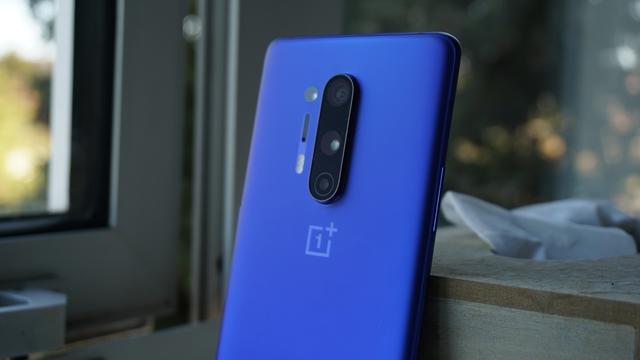
The OnePlus 8 Pro is the best smartphone that the manufacturer has ever made, but you expected that. With a starting price of 899 euros, it is also the most expensive OnePlus phone ever. In this OnePlus 8 Pro review you can read whether the device is worth its money and what the differences are with the cheaper OnePlus 8.
OnePlus 8 Pro
List price € 899, –
Colors Black, green and blue
OS Android 10
Screen 6.78 inch OLED (3168 x 1440) 120Hz
Processor 2.84 GHz octacore (Snapdragon 865)
RAM 8GB or 12GB
Storage 128GB or 256GB (non-expandable)
Battery 4,500 mAh
Camera 48, 48 + 8 + 5 megapixel (rear), 16 megapixel (front)
Connectivity 5G, 4G (LTE), Bluetooth 5.1, WiFi 6, NFC, GPS
Format 16.5 x 7.4 x 0.85 cm
Weight 199 grams
Website www.oneplus.com 8.5 Score 85 
- Pros
- Software (policy)
- Lightning fast wireless charging
- Beautiful, waterproof housing
- Hardware
- Breathtaking screen
- Negatives
- Definitive farewell to OnePlus as a price fighter
- Color filter camera has limited utility
- Zoom camera
OnePlus presented the 8 and 8 Pro on April 14 and will start selling on April 21. The entry-level model of the 8 costs 699 euros and for the cheapest version of the Pro model you pay 899 euros. I have been using both smartphones since April 8 and will soon publish a review of the OnePlus 8. First it is the turn of the OnePlus 8 Pro, the phone with which OnePlus is definitively separating from its image as a price fighter in the high-end segment. My test device with 12GB of RAM and 256GB of storage costs 999 euros and is as expensive as top phones like the Huawei P40 Pro, Samsung Galaxy S20 Plus and iPhone 11 Pro (1100 euros). In this OnePlus 8 Pro review, I find out how good the smartphone is compared to the competition.
Design
Starting with the outside. The OnePlus 8 Pro is made of glass and is available in three colors; black, green and blue. Those last two colors stand out compared to the competition, and I think my blue test model looks very nice. The device lies comfortably in the hand due to its curved back and rounded corners; in my opinion more pleasant than the iPhone 11 Pro. The front of the 8 Pro consists almost entirely of screen, with narrow edges above and below the display. In the top left corner of the screen is a small hole for the selfie camera, a design change from last year’s 7 (T) Pro. It uses an extendable selfie camera to enable a borderless screen. The camera module on the back of the 8 Pro protrudes slightly from the housing, so the phone does not lie completely flat on the table. A case fixes this.
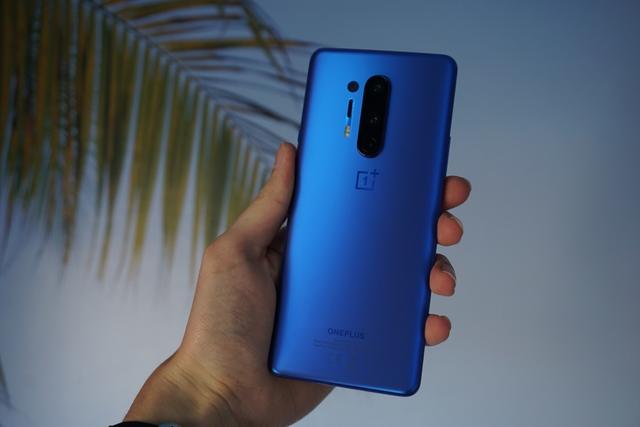
The OnePlus 8 Pro with its 6.8-inch screen is one of the largest smartphones of the moment, and is comparable in size to the iPhone 11 Pro Max and Samsung Galaxy S20 Ultra. You absolutely cannot operate it with one hand. The weight is also not wrong with 199 grams: you clearly have something in your hand (s).
Previous OnePlus phones have the downside that they are not certified water and dust proof. The manufacturer claims that devices such as the 7T and 7T Pro do not break down in a rain shower, but could not substantiate this with an independent IP certification. The 8 Pro is the first OnePlus device to carry such certification. The IP68 certificate means that the smartphone is (fresh) water and dust proof. So don’t take it in the sea. Competitive smartphones are also IP68 certified.
Two things that are missing from the OnePlus 8 Pro: a micro-sd slot (to increase the storage memory) and a 3.5mm headphone port (to connect an audio cable). The smartphone swallows two SIM cards, has an NFC chip and can – also a first for OnePlus – charge wirelessly. More on that later. The regular OnePlus 8 has no IP certification and cannot charge wirelessly.
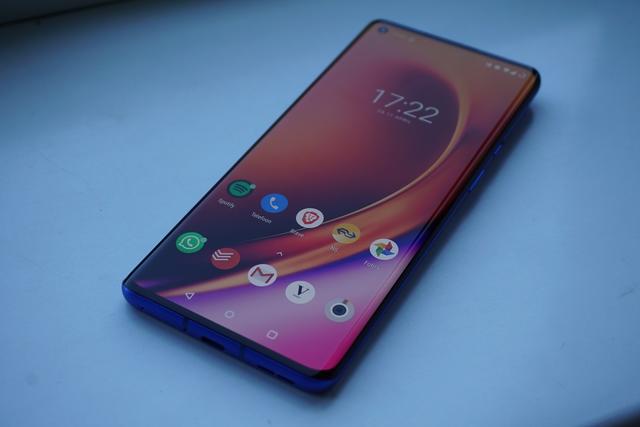
Impressive screen
As mentioned, the OnePlus 8 Pro’s screen measures 6.8 inches. That is large, and also larger than the display of the OnePlus 8 (6.55-inch). The screen comes from Samsung and features identical to the Oppo Find X2 Pro and Samsung Galaxy S20 Plus – both 6.7-inch in size. Crisp image thanks to the QHD resolution? Check. An OLED panel for very beautiful colors where black is really black? Hell yes. A maximum refresh rate of 120Hz for smoother picture? Yes, and that characteristic needs a little more explanation.

Most smartphone screens refresh themselves sixty times per second, which means a refresh rate of 60Hz. A higher refresh rate consumes more power but also provides a smoother image. You notice this especially when reading text, playing optimized games and switching between apps and menus. Everything looks nicer, and the device feels faster. Last year, a few smartphones with a 90Hz screen appeared, including the 7T Pro. Admittedly, the difference between 90Hz and 120Hz is not very big, but you really notice 60Hz or 120Hz. Since there is a good chance that your current phone uses a 60Hz screen, you will be surprised by the OnePlus 8 Pro’s screen.
Below you can see the OnePlus 8 (green) and OnePlus 8 Pro side by side.


The best hardware
OnePlus smartphones have been using the most powerful hardware for the best performance since the first model in 2014. That is no different with the OnePlus 8 Pro. The phone uses a very fast Snapdragon 865 processor with 8GB or 12GB of RAM, depending on the model. I tested the 12GB version, without a doubt the fastest smartphone I’ve ever used. The smooth 120Hz screen and the almost stock Android software also contribute to this.
The storage memory measures 128GB (8GB variant) or 256GB (12GB model). You cannot increase the memory with a micro SD card.

The OnePlus 8 Pro supports 5G, the mobile network that will be activated in the Netherlands this summer. In the first few years, 5G will offer slightly faster and more stable internet, and will make truly faster internet possible from 2023 onwards. Providers are already betting big on 5G in terms of marketing, but do not expect too much from it. Nevertheless, it is nice that the OnePlus 8 Pro is prepared for the future.
Battery life and charging
The smartphone is powered by a non-removable 4500 mAh battery. Bigger than the 4085 mAh battery in the 7T Pro, but necessary because the screen size and refresh rate have increased. Looking at these features, 4500 mAh isn’t particularly large. The Samsung Galaxy S20 Ultra has a similar display that is slightly larger at 6.9-inch, and uses a 5000 mAh battery. I was therefore curious whether the OnePlus 8 Pro lasts a long day, and tested the battery life for nine days with the screen at full-HD resolution and 120Hz refresh rate. Only on days when I spent five hours looking at the display did I have to grab a charger after dinner. On average, the screen was on for about 3.5 hours a day and I had about thirty percent power left at bedtime.


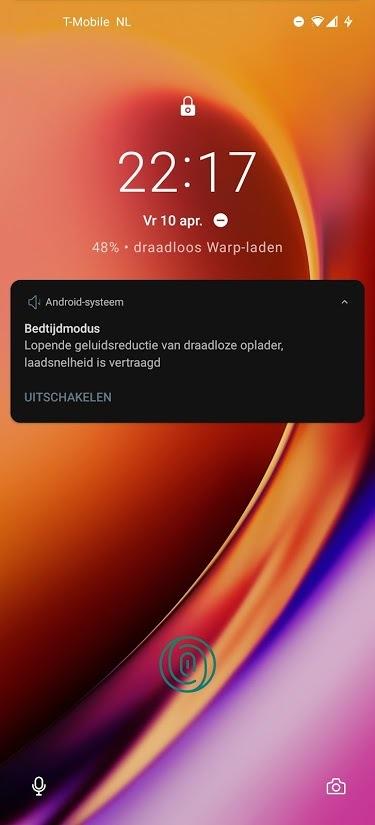
The box contains a 30W Warp Charge USB-C plug, the same as with the OnePlus 7T Pro. The battery charges very quickly, especially the first tens of percent. The OnePlus 8 Pro is the first smartphone from the brand that can also charge wirelessly. OnePlus itself sells a 30W wireless charger for seventy euros, which I also received for this review. The charging station feels solid and contains a small fan to keep the phone cool during fast charging. In thirty minutes, the battery counter jumps from 0 to 53 percent, making charging significantly faster than on the iPhone 11 Pro and Galaxy S20 series.
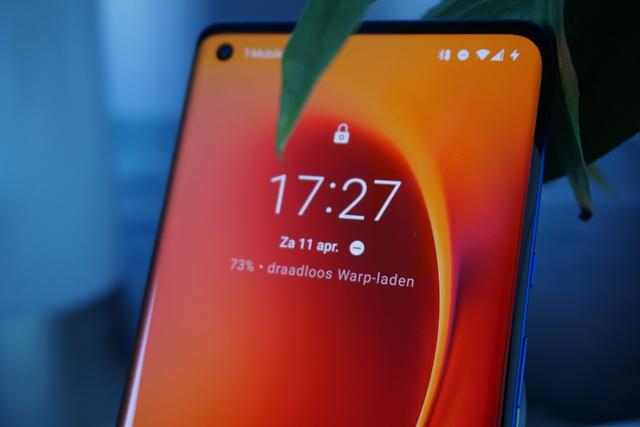
The built-in fan makes a soft humming sound when the charger is charging at full power. There is a night mode in the settings of the smartphone that you can set to your liking. Charging via night mode is slower, which means that the fan is not switched on. Handy if – like me – you put the smartphone on the charger in the evening and only need it again in the morning. The main drawback of the wireless charger is that the cable and plug are attached to the charging station. Therefore, if a cable failure occurs, replace the entire charger. Don’t want to spend seventy euros? Any wireless charger with support for the EPP 10W protocol will charge the 8 Pro with 10W and that’s fast enough for the night.
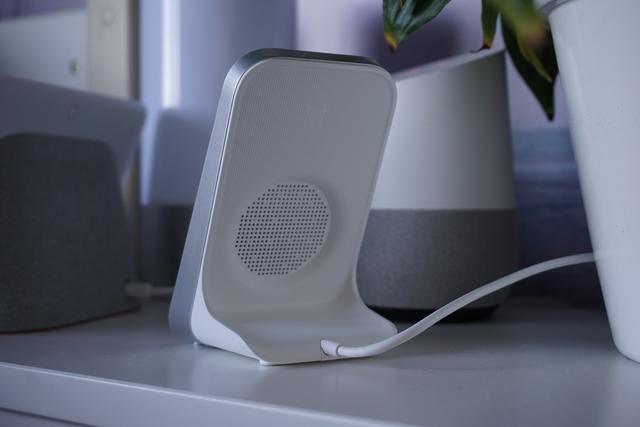

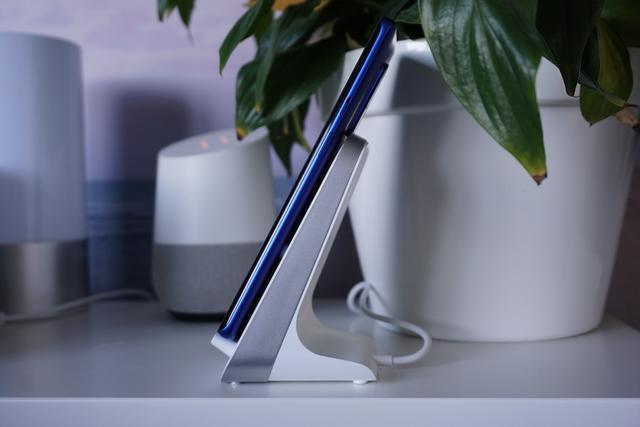
Cameras
On the camera side, OnePlus smartphones could never quite keep up with the (more expensive) competitors. Not in terms of image quality during the day and in the dark, nor in terms of zoom function. Not a disaster considering the price difference, and the fact that OnePlus phones shoot “just good” photos. But because the 8 Pro costs practically the same as its biggest competitors, you can expect similarly good cameras.
OnePlus has made two major improvements on paper. The primary 48 megapixel camera uses the brand new Sony IMX689 sensor, which recently debuted in the Oppo Find X2 Pro (1199 euros). The camera has to take better pictures both during the day and in the dark than last year’s OnePlus 7T Pro. It uses an IMX586 sensor for the primary camera. This sensor is also in the 8 Pro, but as a 48 megapixel wide-angle camera. An upgrade over the 7T Pro, which has a less good, 16 megapixel wide-angle lens.
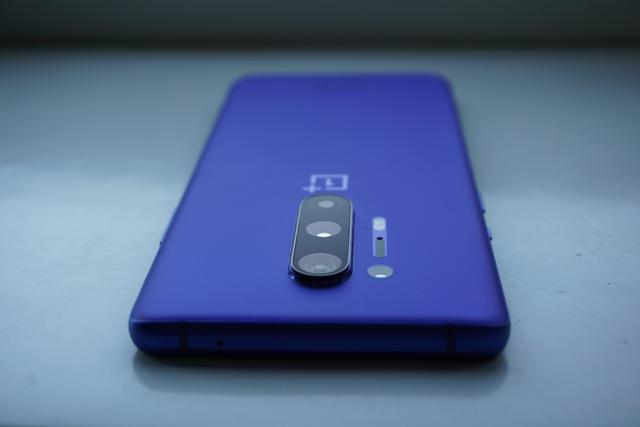
The 8 Pro again has a zoom camera to bring the image three times closer with minimal loss of quality. However, the resolution of the camera has been lowered from 16 to 8 megapixels. New is the 5 megapixel color filter camera, for taking photos with effects. So much for the theory. How does the quadruple camera work in practice?
Generally very good. With enough (day) light, the primary camera shoots very colorful and sharp photos that simply look beautiful. The pictures look more realistic than that of the Samsung Galaxy S20.



The camera also holds its own in the dark, especially if you use the night mode. The Huawei P40 Pro does even better in the dark. Below you see three photo series with the automatic mode on the left and the night mode on the right.
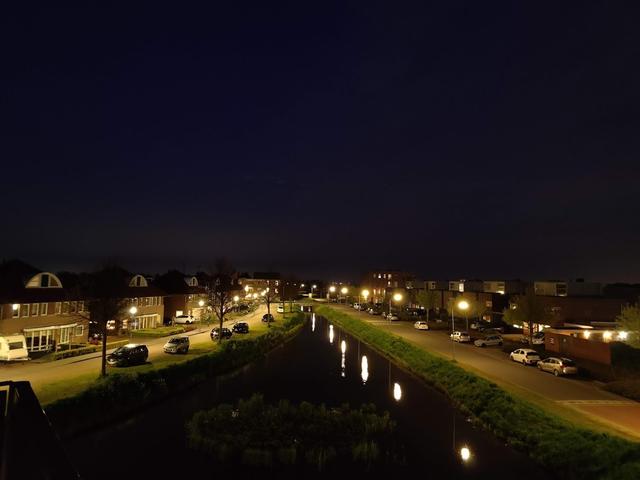

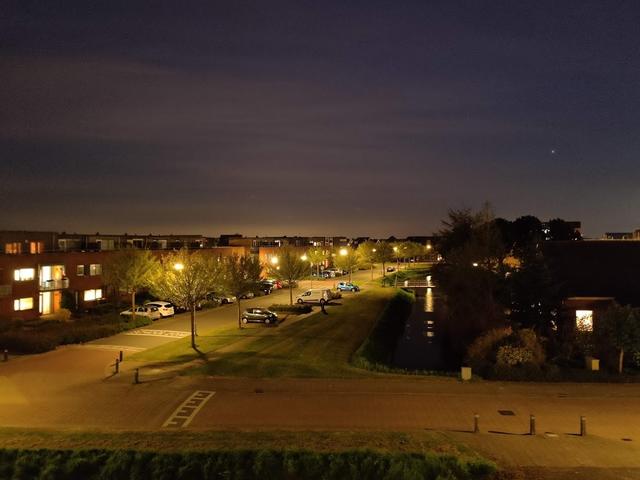

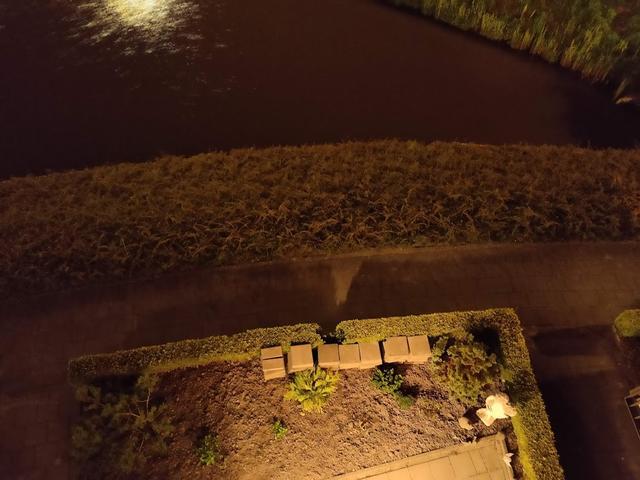

I particularly like the wide-angle lens, which delivers neat results in all circumstances. The difference in quality with the primary camera is not great. That is by no means self-evident, because most smartphones have a wide-angle lens that takes significantly less beautiful pictures than the main camera.
The zoom lens impresses less. The image can be brought three times closer, but the quality is not preserved. Below you see two photo series with the normal camera (1x), wide angle lens (0.6x) and zoom camera (3x) from left to right.






Zoom photos look less sharp and duller than reality, and there’s a clear difference in quality from the primary camera. Too bad, especially because the competition is doing better. Finally, the color filter camera. OnePlus says it added because there was a demand for it. Which can. I’ve never felt the need for this feature in the six years I’ve been testing smartphones, but that may be me. After trying the camera a number of times, I am even less convinced. The five different effects over the images do not always work flawlessly and apart from that I doubt the usefulness. I would have preferred to see a Time-of-Flight sensor (TOF) on the OnePlus 8 Pro for a better depth of field effect in photos and Augmented Reality (AR) applications. Maybe you think differently.
On the left no filter, in the middle and on the right.
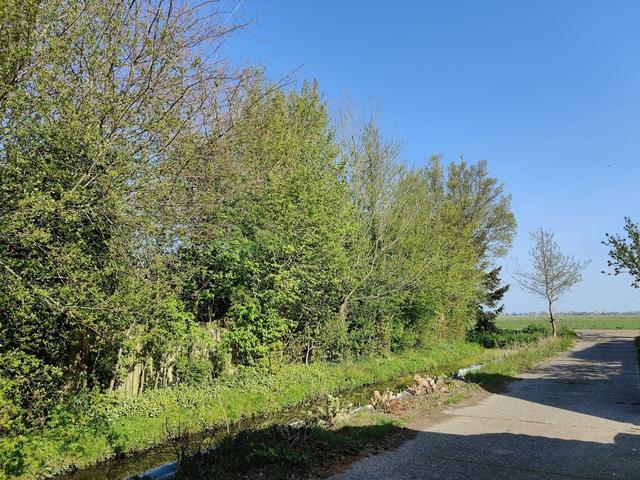

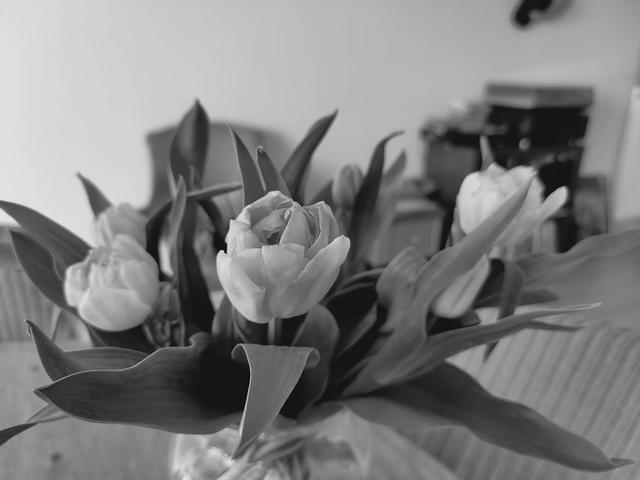
The 16 megapixel selfie camera in the screen makes great photos and videos, without being noticed in quality. I especially like that such a small camera does everything you expect.
Software
The OnePlus 8 Pro runs out of the box on Android 10, the most recent version. OnePlus overlays its OxygenOS shell over the Android operating system. This software difference traditionally differs little from stock Android and many OnePlus users find that a plus. On the OnePlus 8 Pro, you can use the software almost entirely as Google intended, with some useful additions from OnePlus. For example, the manufacturer offers convenient settings to change the appearance and operation of the software according to your own taste and a special game mode is built in that pauses notifications and pushes the hardware to the limit.
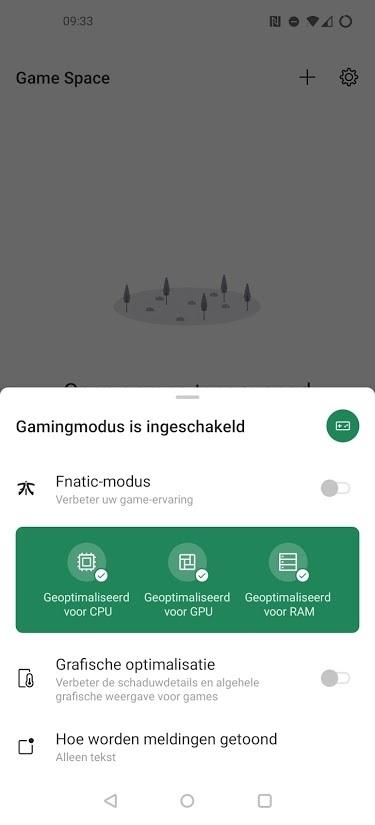


OxygenOS also includes a handful of apps from OnePlus, including a gallery, file manager, and app to transfer files from your old phone to the new one. The Netflix app is also pre-installed. You can disable it, but you cannot delete it. I’m not a fan of such commercial decisions, even if the app is turned off, it doesn’t get in the way.
Update policy
The update policy of OnePlus is – for years – clear: the manufacturer guarantees Android updates and security updates for three years. OnePlus phones get software support for as long and regularly as the Pixel devices from Google, the Android developer. The update policy is among the top Android brands and that deserves praise.
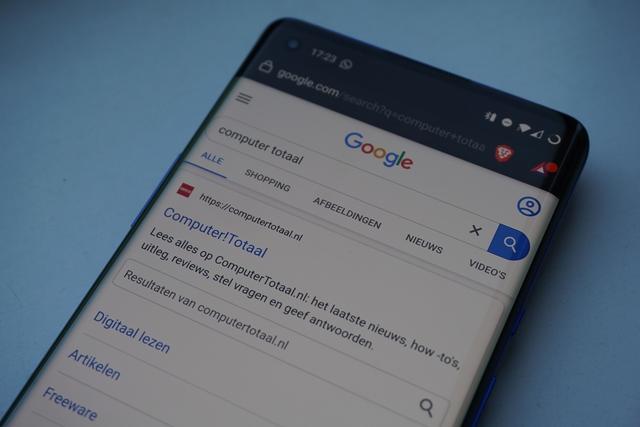
Conclusion: Buy OnePlus 8 Pro?
The OnePlus 8 Pro is without doubt the best and most complete OnePlus smartphone ever. The device has a large 120Hz screen and contains the most powerful hardware of the moment, supplemented with innovations such as 5G, wireless charging and a water and dust-proof housing. OnePlus’ software (policy) remains excellent and the phone’s overall camera performance and battery life are also good.
All very nice, but the innovations and improvements push the sales price of the device to a new height for OnePlus. At 899 euros (or 999 euros for the 12GB / 256GB version), the phone is almost as expensive as the Apple iPhone 11 Pro, Samsung Galaxy S20 Plus and Huawei P40 Pro. The cameras of the 8 Pro just don’t make it with these three devices, but otherwise OnePlus puts down a very strong competitor.
The iPhone 11 Pro, for example, has a less attractive screen and no 5G, while the P40 Pro lacks a Google certification and therefore works poorly. The biggest competitor seems to be the Galaxy S20 Plus, which is very daring on the OnePlus 8 Pro but charges less quickly, gets Android updates for two years instead of three and – subjectively – uses Samsung’s heavy software shell. If you are looking for the best smartphone at the moment, you should definitely consider the OnePlus 8 Pro.
.